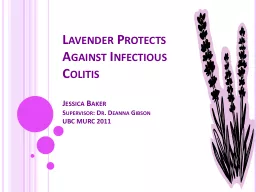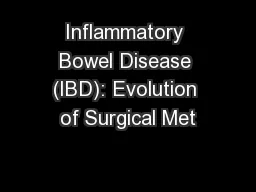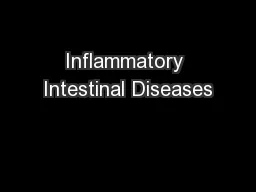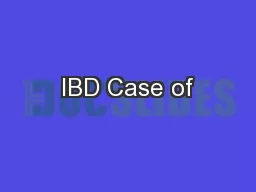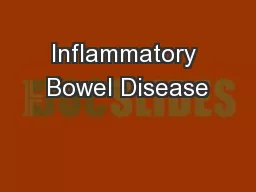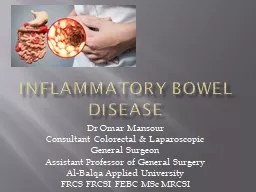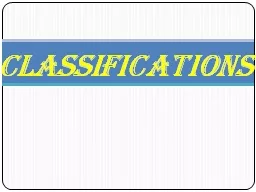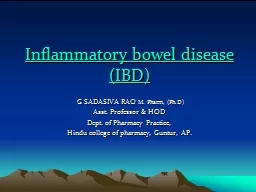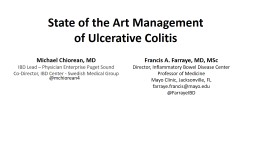PPT-Ulcerative Colitis : UPDATED
Author : ashley | Published Date : 2024-02-03
By TARIK ZAHER MD Assistant professor of Tropical Medicine Zagazig University Egypt EPIDEMIOLOGY In general there has been a distinct northsouth gradient
Presentation Embed Code
Download Presentation
Download Presentation The PPT/PDF document "Ulcerative Colitis : UPDATED" is the property of its rightful owner. Permission is granted to download and print the materials on this website for personal, non-commercial use only, and to display it on your personal computer provided you do not modify the materials and that you retain all copyright notices contained in the materials. By downloading content from our website, you accept the terms of this agreement.
Ulcerative Colitis : UPDATED: Transcript
Download Rules Of Document
"Ulcerative Colitis : UPDATED"The content belongs to its owner. You may download and print it for personal use, without modification, and keep all copyright notices. By downloading, you agree to these terms.
Related Documents


